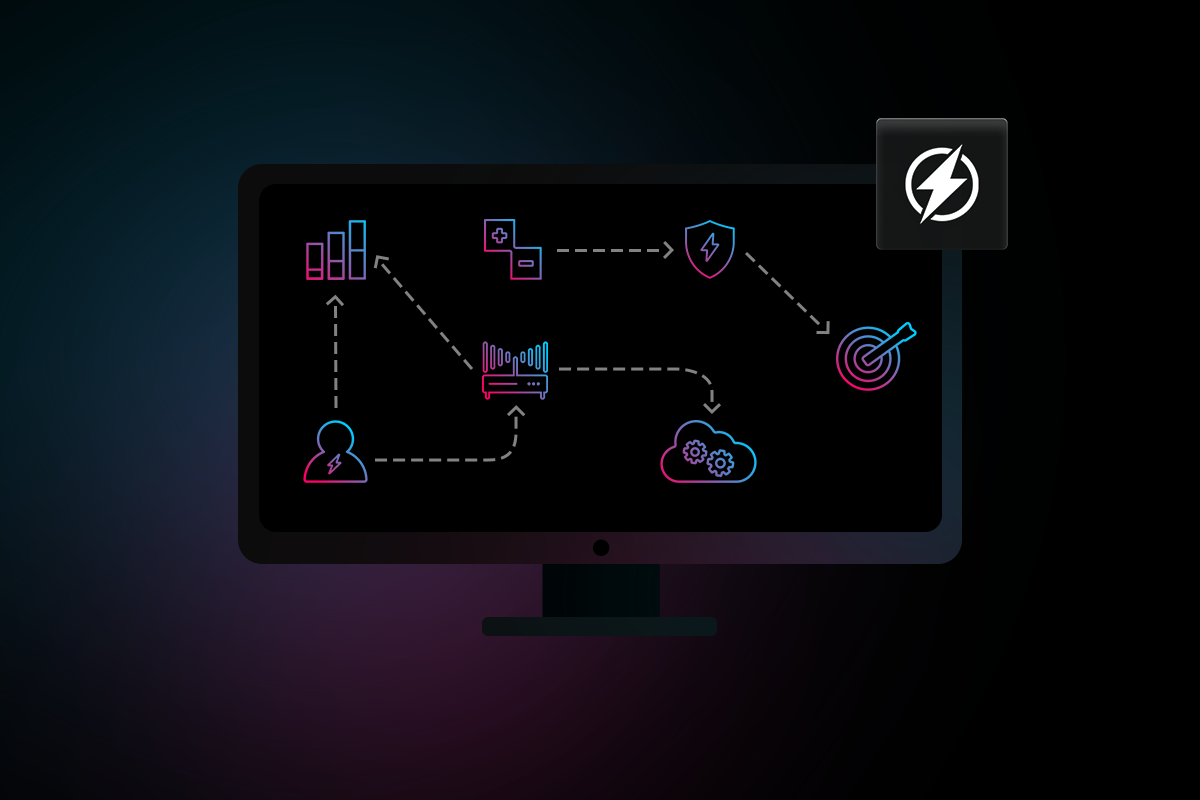
A documented IT strategy is essential for any business that wants to drive growth from its technology investments. By assessing your current tech stack and future goals, an IT strategy lays out a clear roadmap to achieve your business objectives. This guide shares the key components of an IT strategy, as well as the examples and frameworks you need to be aware of.
What is an IT Strategy?
An IT strategy is a detailed plan that outlines how technology is used to support and achieve business goals. This includes how the organization manages and maintains its IT systems, infrastructure, and applications. An IT strategy takes the wider business strategy into account, and sets out the ways in which technology will align with future needs and priorities.
IT Strategy Template
Every organization will include different components in their IT strategy based on their own objectives. However, this IT strategy template serves as a good starting point for most businesses.
Executive Summary: Provide a brief overview of the IT strategy framework and its main objectives.
Current Assessment: Assess the current state of IT within the organization, including strengths, weaknesses, opportunities, and threats. Take an inventory of existing IT systems, infrastructure, and processes.
IT Vision and Goals: Define the organization’s IT vision for the future, including specific goals that will support this vision.
IT Roadmap: Create a high-level plan for achieving the organization’s IT objectives, including a timeline for each phase of the roadmap.
IT Governance: Outline the IT governance structure within the organization, including policies and procedures that will be implemented.
IT Organizational Structure: Map out the team structure that will be used to support the IT strategy, including key roles and responsibilities within the IT department.
IT Resource Plan: Outline the budget for your IT strategy, and a plan for acquiring and managing resources such as personnel, hardware, software, and services.
IT Risk Management: Identify the risks associated with the IT strategy and plan for how you will manage and mitigate these risks.
IT Performance Metrics: Determine the performance metrics and reporting structure that will be used to measure the success of the IT strategy.
IT Strategy Examples
As well as a general IT strategy, you may also need to employ specific project or goal-based IT strategies at different stages of your business’s development. Here are 5 IT strategy examples you should know about:
1. Digital Transformation Strategy
A digital transformation IT strategy sets out to fundamentally change how an organization operates and delivers value to customers using technology. This may involve adopting new digital products, automating processes, and creating new business models.
2. IT Modernization Strategy
An IT modernization strategy is similar to digital transformation in that it focuses on how to improve the use of technology in business operations. However, an IT modernization strategy places special emphasis on updating and upgrading the existing tech stack to improve efficiency.
3. Cloud-First Strategy
A cloud-first IT strategy involves using cloud computing technologies as the default approach to deliver IT services and solutions within your organization. This strategy aims to reduce the cost and complexity of managing on-premises infrastructure and enables organizations to scale resources up or down quickly as needed.
4. Security-First Strategy
A security-first IT strategy focuses on mitigating cybersecurity risks and protecting the organization’s assets and reputation. This typically involves implementing security measures such as firewalls, antivirus, and encryption, as well as developing policies and procedures for managing data and user access permissions.
5. Agile IT Strategy
This IT strategy framework adopts an agile approach to software development, which emphasizes iterative and collaborative processes, continuous delivery, and a focus on user needs. This IT strategy can help organizations respond more quickly to changing market conditions and customer requirements.
3 Common IT Strategy Issues and Challenges
IT strategy planning is a huge undertaking for any organization, and is not without its challenges. Being aware of the most common IT strategy issues is key to avoiding implementation problems along the way:
1. Change Management
As with any new initiative, effective change management is critical to the success of your IT strategy. Ensure all stakeholders and employees are aware of your plans and the desired outcomes. Provide training on new tools and be transparent about how the strategy will impact individual roles, focusing on the benefits of any changes.
2. Budget Creep
Take the time to research potential IT costs during the strategy planning process. Having detailed numbers from the beginning will help keep your budget in check later on. If possible, include a small contingency allowance for unexpected expenses. Lastly, consider working with an established MSP that can pass on software discounts and offer advice on budget optimization.
3. Tracking and Measurement
Set out clear performance goals for your IT strategy, and define which metrics to report on and when. This keeps all stakeholders accountable throughout the implementation process and informs decision-making. Most importantly, effective tracking and measurement keeps your strategy in alignment with wider business objectives.
Streamline Your IT Strategy
Even with the best laid plans, implementing an IT strategy is a monumental task – especially in a growing organization with limited resources. Need help streamlining IT processes, automating repetitive tasks, and taking control of IT management? Get in touch with Electric today.



